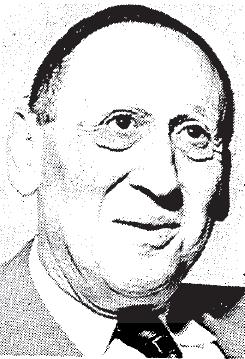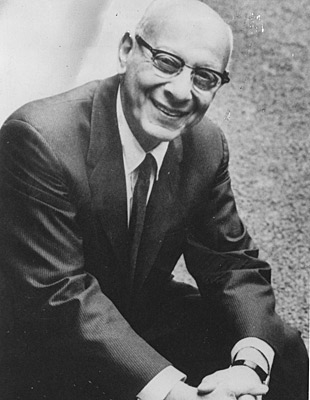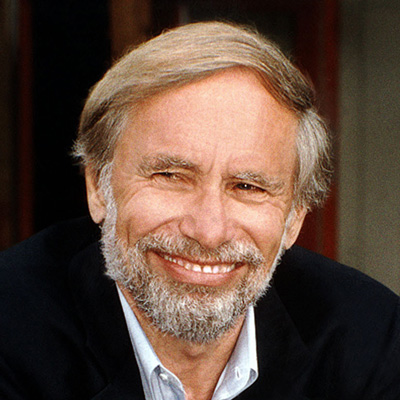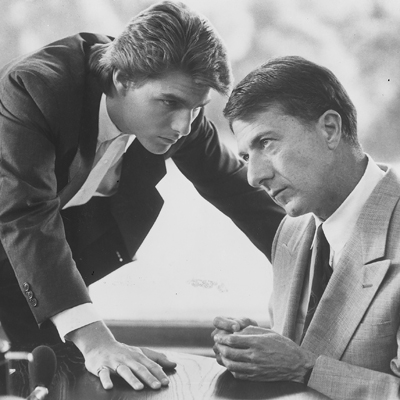| Jan. 1, 1943 |
|
|
Dr. Leo Kanner publishes a paper about 11 children guided by a “powerful desire for aloneness and sameness.” He later calls the condition “early infantile autism.” |

(Los Angeles Times)
|
| Jan. 1, 1966 |
|
|
A study in Middlesex County, England, estimates the rate of autism in children at 0.04% — the most commonly cited figure until the 1980s. |
|
| Jan. 1, 1967 |
|
|
Psychologist Bruno Bettelheim popularizes the theory that “refrigerator mothers” cause autism. |

(Archie Lieberman)
|
| Jan. 1, 1977 |
|
|
The first of several studies of twins recasts autism as a largely genetic disorder. |
|
| Jan. 1, 1980 |
|
|
“Infantile autism” is listed in the Diagnostic and Statistical Manual of Mental Disorders — the first time autism appears as a distinct disorder. |
|
| Jan. 1, 1987 |
|
|
A more expansive diagnosis, “autistic disorder,” replaces “infantile autism” in the diagnostic manual. |
|
| June 1, 1987 |
|
|
UCLA psychologist Ivar Lovaas gives parents hope with a study showing that intensive therapy can help autistic children. |

(Lovaas Institute)
|
| Jan. 1, 1988 |
|
|
The movie “Rain Man,” starring Dustin Hoffman as an autistic savant, raises public awareness of the disorder. |

A scene from the movie "Rain Man" with Dustin Hoffman, right, and Tom Cruise.
(United Artists)
|
| Jan. 1, 1991 |
|
|
The federal government makes autism a special education category, prompting schools to begin identifying and serving autistic students. |
|
| Jan. 1, 1994 |
|
|
A new edition of the diagnostic manual adds Asperger’s disorder, expanding the autism spectrum to include many milder cases. |
|
| Jan. 1, 1998 |
|
|
A Lancet study suggests the measles-mumps-rubella vaccine causes autism. The finding was later debunked, though fear of a connection persists among many parents. |
|
| Jan. 1, 1999 |
|
|
California officials report 12,000 autism cases in the state developmental services system — a rise of more than 200% in a decade. |
|
| Jan. 1, 2005 |
|
|
Bob Wright, a top General Electric executive, and his wife, Suzanne, form Autism Speaks, now the world’s largest autism advocacy group. It portrays autism as an epidemic. |
|
| Jan. 1, 2009 |
|
|
U.S. Centers for Disease Control and Prevention estimates that 1 in 110 children, have autism spectrum disorders, up from 1 in 150 in 2007. Agency officials say the rise stems at least in part from greater efforts to identify the disorder. |
|
| Jan. 1, 2011 |
|
|
U.S. and South Korean researchers estimate that in a suburb of Seoul, 2.64% of children have some form of autism, mostly undiagnosed, suggesting autism rates rise as people look for it. |
|